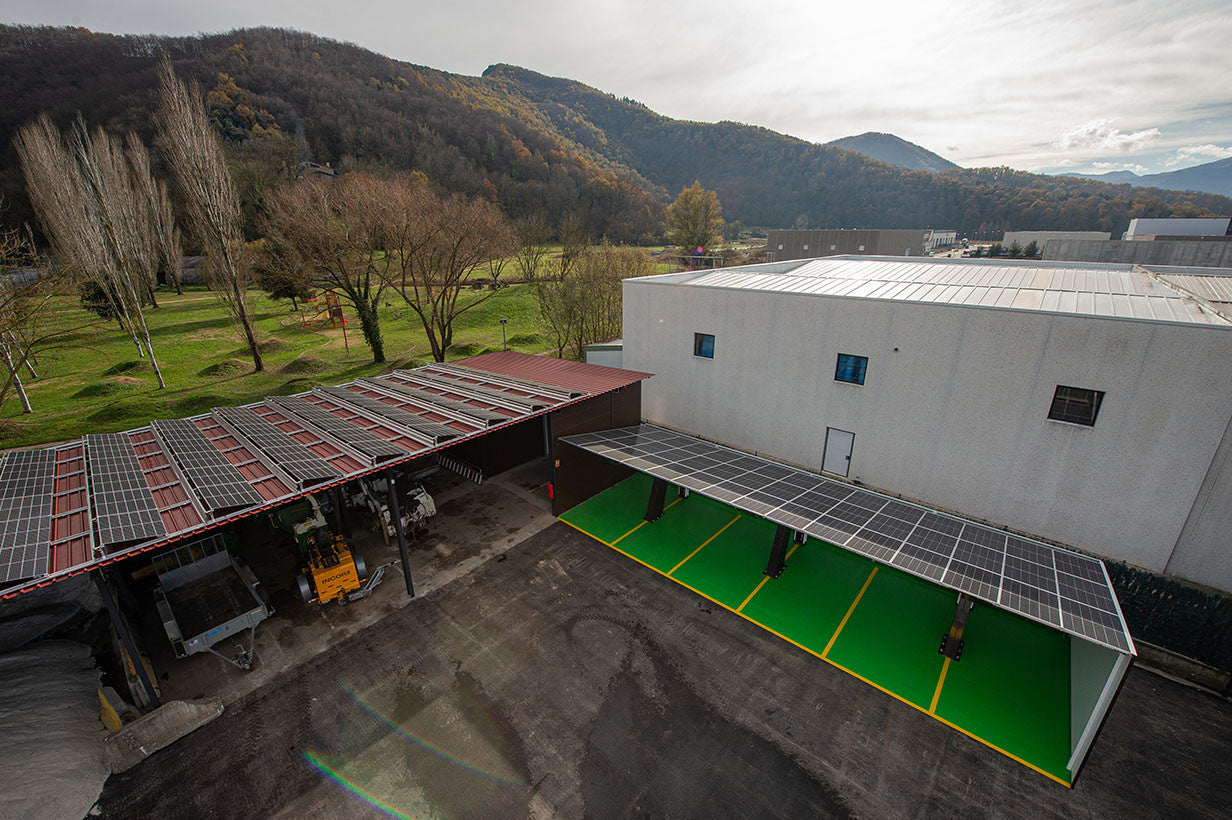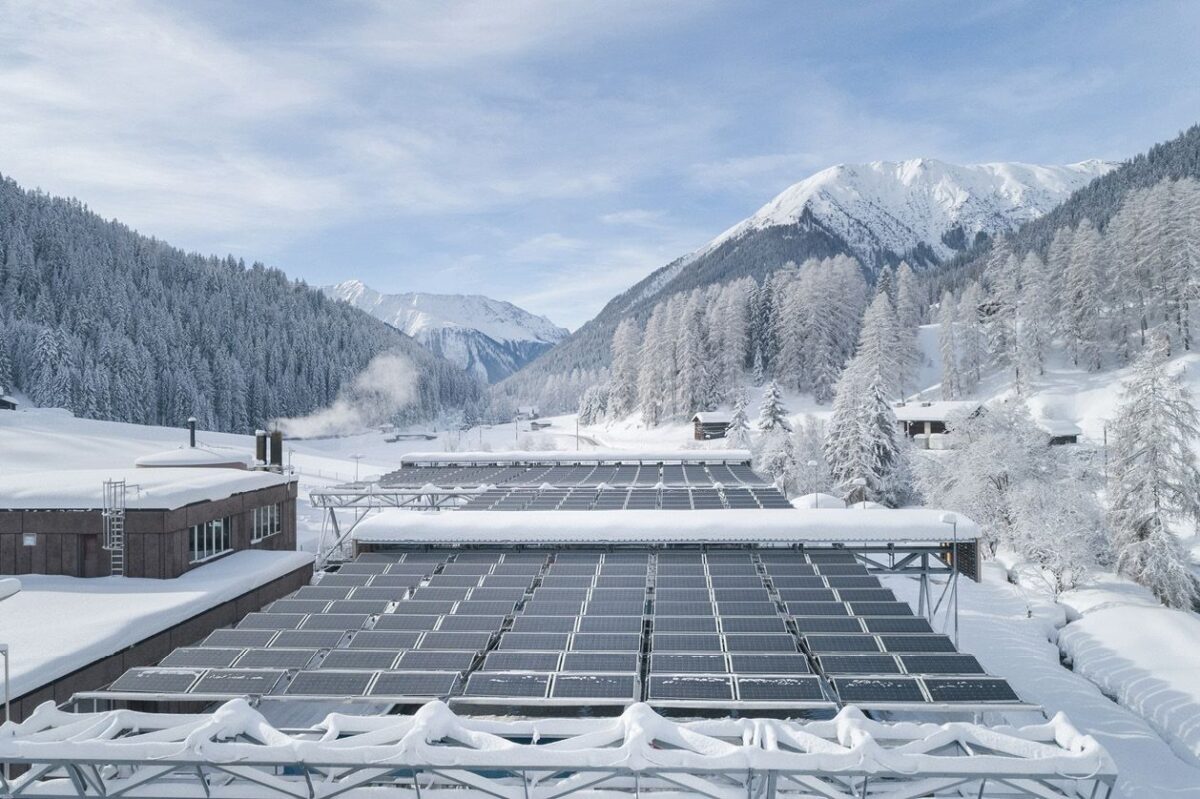https://solarquarter.com/2023/07/07/explained-choosing-the-right-solar-tracking-system-a-comprehensive-guide-for-solar-projects/
Explained: Choosing The Right Solar Tracking System – A Comprehensive Guide For Solar Projects
The use of solar energy as a clean and dependable source of electricity is growing quickly. Optimizing energy production and efficiency becomes essential as the demand for solar installations rises. The selection of the appropriate solar tracking system is a crucial component of solar project design. We will examine the advantages of solar tracking systems, the available various types, and the critical elements to take into account when selecting the best system for your solar project in this detailed guide.
Solar tracking systems are devices that position solar panels or mirrors to monitor the sun’s course throughout the day to capture as much solar energy as possible. Solar trackers dynamically alter the panel’s tilt and azimuth angles to maximize energy production, in contrast to fixed-tilt systems, which remain motionless. Solar trackers, as opposed to fixed-tilt systems, can enhance energy output by up to 25–35% by continually aligning the solar modules with the position of the sun.
Solar tracking systems can be divided into two categories: single-axis trackers and dual-axis trackers. Following the daily motion of the sun, single-axis trackers move solar panels along a single axis, often from east to west. For the best possible energy capture, they change the tilt angle. Since single-axis trackers are less complicated and more affordable than dual-axis trackers, they are a common option for many solar installations.
Dual-axis trackers, on the other hand, offer full-range motion, enabling solar panels to track the sun’s daily movement as well as its seasonal fluctuations. The tilt angle and azimuth angle of the panels are always adjusted by these trackers to maximize energy production. The largest energy gains come from dual-axis trackers, which are also generally more complicated and pricier than single-axis trackers.
When selecting a solar tracking system, several things need to be taken into account. The best tracking system is chosen by taking into account the solar project’s geographic location. The decision between single-axis and dual-axis trackers is influenced by variables including latitude, climatic circumstances, and the amount of solar energy that is accessible. Dual-axis trackers may operate better in regions with large seasonal fluctuations and low sunlight angles, whereas single-axis trackers may be enough in regions with more constant solar irradiation.
When choosing a solar tracking system, it is crucial to establish the project’s objectives for energy generation. Dual-axis trackers can be the best option if maximizing energy output is the main goal. Single-axis trackers would be preferable, nevertheless, if cost-effectiveness and predictable patterns in the energy demand are priorities.
The selection of the tracking system will depend on the size and cost of the solar project. In comparison to single-axis trackers, dual-axis trackers are typically more expensive and require more maintenance. Therefore, single-axis trackers might be more financially feasible for smaller applications with tighter budgets.
The tracking system’s dependability and toughness must be taken into account. Look for systems that can resist extreme weather, such as strong winds, a lot of snow, or cold temperatures. The panels should be safeguarded by reliable tracking systems during extreme weather conditions.
Analyze the tracking system’s operational requirements and maintenance needs. Take into account elements like technical support accessibility, maintenance requirements, and ease of installation. To make operations and troubleshooting simpler, look for systems with user-friendly interfaces and remote monitoring capabilities.
In solar installations, environmentally friendly procedures are crucial. Take into account how the tracking system will affect the environment, taking into account both the materials it was built with and the possibilities for disposal after its useful life. Select equipment with little environmental impact and recyclable parts.
The performance and financial success of a solar installation can be greatly impacted by selecting the best solar tracking system. Project developers can choose wisely by taking into account aspects including project location, energy production objectives, project scale, reliability, and maintenance needs. In the end, choosing a solar tracking system should be in line with the project’s unique requirements and goals to maximize energy output and ensure a sun-powered future.








